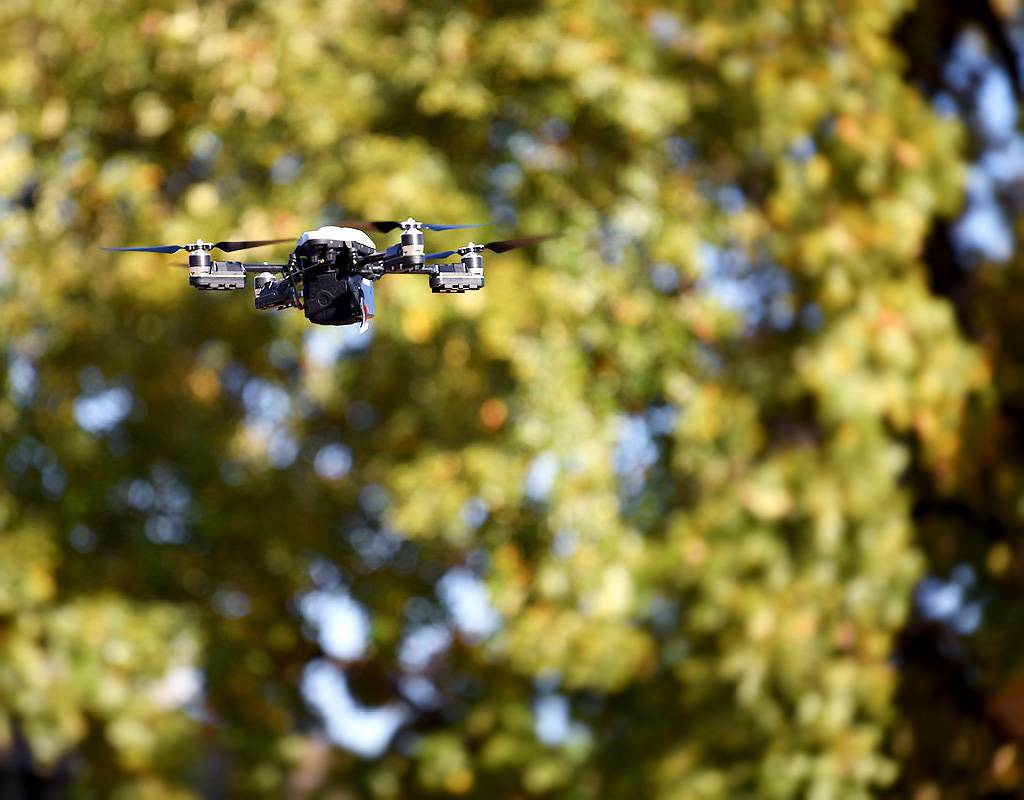
The U.S. Army is developing technical skills for student aviation researchers with a new agreement between its corporate laboratory and an aviation society. Both organizations hope to advance electric vertical takeoff and landing and advanced air mobility technology.
The U.S. Army Combat Capabilities Development Command, now known as DEVCOM, Army Research Laboratory and the Vertical Flight Society entered into an educational partnership to influence regional science, technology, engineering and math collaborative efforts that influence educational goals to benefit the Army, students, industry and non-profit organizations.
The five-year agreement focuses on exchanges in STEM disciplines that benefit undergraduate and graduate college students and Army researchers, and provides technical assistance to the ecosystem of individual, corporate, and educational members operating on the flight society’s behalf, which can enhance teaching experience in STEM fields.
“As the Army’s corporate laboratory, we operationalize science that must lead to results that yield transformational overmatch for our Army,” said Dr. Patrick Baker, laboratory director. “Partnerships like this helps us create pathways to stimulate STEM education as well as develop scientific and engineering expertise relevant to future Army needs. It’s with a diverse, talented team we expect to succeed as a world-class foundational research institution ensuring persistent Army modernization.”
For more than 75 years, VFS has worked with the U.S. Army to support the advancement of helicopters, rotorcraft and other types of vertical takeoff and landing aircraft.
“This agreement will allow us to expand our educational efforts to provide students and universities with more opportunities for learning and access to the Army’s research resources,” said Mike Hirschberg, the society’s executive director.
The laboratory will host the technical society’s first Design-Build-Vertical-Flight Student Competition April 16-17 at its Robotics Research Collaboration Campus at Graces Quarters in Maryland. The electric-powered remote-control vertical takeoff and landing competition seeks to encourage interest in unmanned aircraft technology, and small air vehicle design and fabrication.
This event is one example of the collaborative efforts between both organizations to enhance students’ interest in STEM, researchers said.
Beyond the student competition, this agreement will have long-term benefits to the academic community. Students, faculty and engineering professionals will have access to world-class research facilities; receive excess laboratory equipment from DEVCOM ARL; have opportunities for research experiences on laboratory projects in defense laboratories; and gain access to subject matter experts that can serve as adjunct faculty.
Eric Spero, the laboratory’s technical lead for the event, said he’s excited to host the event for the Vertical Flight Society.
“The Robotics Research Collaboration Campus exists to perform research and experimentation on unmanned air and ground vehicles, in an open-campus style of collaboration with partners across academia, industry and government,” Spero said. “At the event, we’ll be able to interact with students on a technical level, introduce them to how we perform safe and controlled unmanned aircraft operations, and talk with them about future career opportunities in Army research and engineering.”
According to its website, the Vertical Flight Society, the world’s oldest and largest technical society dedicated to enhancing the understanding of vertical flight technology, is a non-profit, charitable educational and technical organization. Originally established in 1943 as the American Helicopter Society, the society exists to advance the theory and practices of the science of vertical flight aircraft.
This press release was prepared and distributed by U.S. Army DEVCOM Army Research Laboratory.



